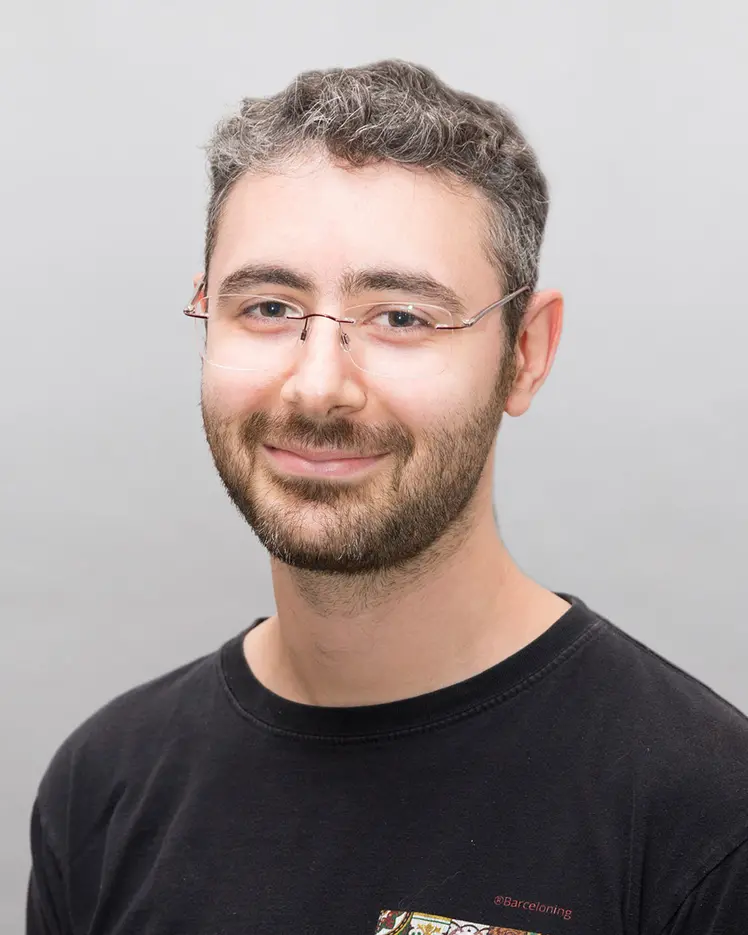In this paper, we present Theano 1 , a framework in the Python programming language for defining, optimizing and evaluating expressions invo
… (see more)lving high-level operations on tensors. Theano offers most of NumPy’s functionality, but adds automatic symbolic differentiation, GPU support, and faster expression evaluation. Theano is a general mathematical tool, but it was developed with the goal of facilitating research in deep learning. The Deep Learning Tutorials 2 introduce recent advances in deep learning, and showcase how Theano
